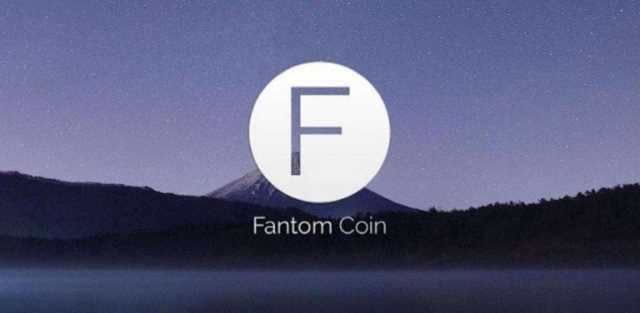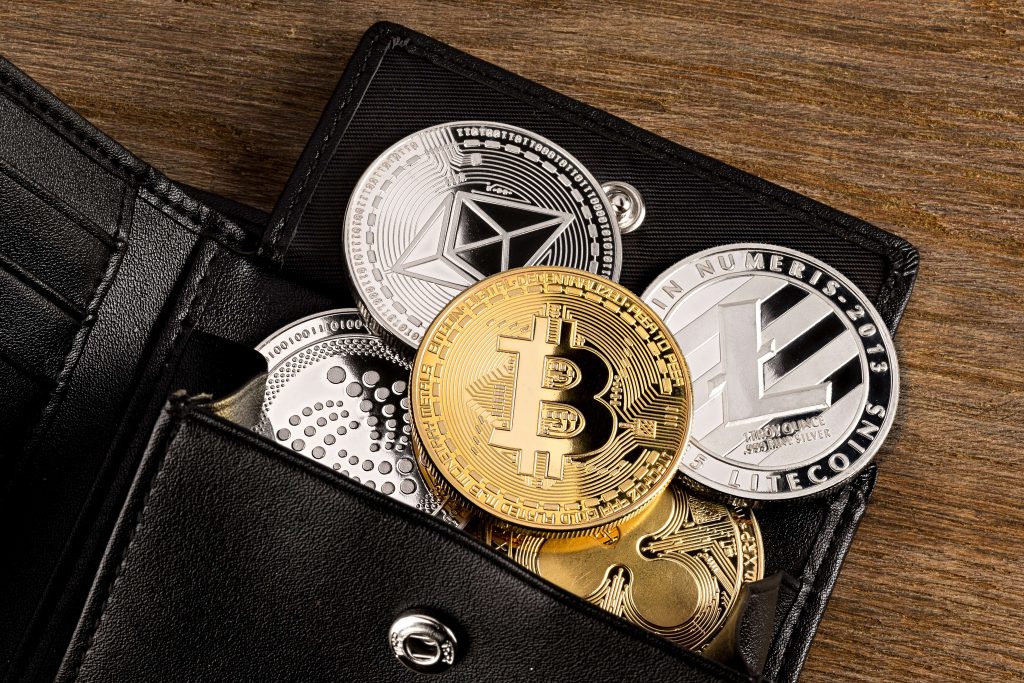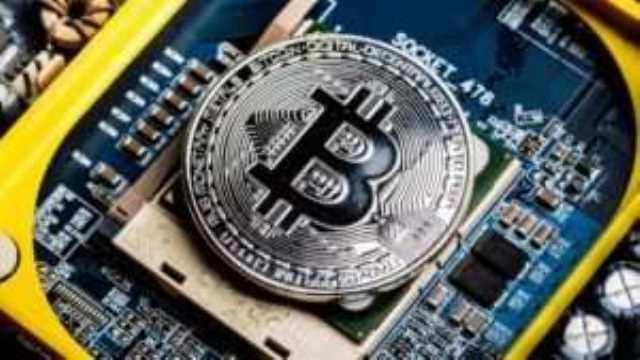Bitcoin ETFs Are Making History: Wall Street Rushes In, But Opportunities Remain for Smart Investors The Motley Fool

At the time, the reward for successfully mining a block was 50 Bitcoins, which was worth almost nothing. As the value of Bitcoin began to rise, mining became more competitive, and miners started using GPUs to mine more efficiently. A bitcoin faucet was a website or software app that dispensed rewards in the form of bitcoin for visitors to claim in exchange for completing a captcha or task as described by the website. The first example was called “The Bitcoin Faucet” and was developed by Gavin Andresen in 2010.[239] It originally gave out five bitcoins per person. In January 2014, Zynga[96] announced it was testing bitcoin for purchasing in-game assets in seven of its games.
- The blocks are organized in a chronological sequence called the blockchain.
- Mining difficulty is how much work it takes to generate a number less than the target hash.
- All that said, given a constant hashrate, when the BTC mining difficulty increases you earn less mining rewards due to the overall increase in the total Bitcoin network hashrate.
- Hashing power is how fast a computer, miner, or network can generate solutions (hashes) to the cryptographic problem.
- According to some estimates, it would have taken “several hundred thousand years on average” using CPUs to find a valid block at the early 2015 difficulty level.
Does bitcoin halving increase BTC’s price?
As the race for mining efficiency intensified, miners began to explore the potential benefits of using multiple CPUs in a single system. This approach allowed for the pooling of computational resources, resulting in greater overall mining power. Early adopters who experimented with this method often relied on custom-built systems, carefully crafted to house multiple CPUs and maximize their mining potential. These multi-CPU systems, while less common than single-CPU setups, represented a significant leap forward in the pursuit of mining efficiency and success. One of the first innovations to emerge in the world of CPU mining was the development of specialized mining software.
Search Cryptowisser
Bitcoin runs on a groundbreaking blockchain-based network powered by a collection of global users. It allows anyone with internet access worldwide to make financial transactions that completely circumvent banks or other financial or government intermediaries. Once the fee is met, the transaction is transferred to a block, where it is processed. Then, the transaction information within the block is validated by miners, the block is closed, and all receivers collect their bitcoin. Both wallets display their appropriate balances, and the next transactions are processed. The token is digital (or virtual), and your public key is used to assign it to you.
How Much was 1 Bitcoin Worth in 2018?
However, the default mining software provided by Satoshi Nakamoto was limited in its capabilities, and it became apparent that further optimizations would be necessary to make the most of the available CPU power[1]. The energy consumption required for Bitcoin mining has been a source of criticism, with some estimates suggesting that Bitcoin mining could use as much energy as entire countries. Additionally, the concentration of mining power among a few large mining pools has raised concerns about the decentralization of the Bitcoin network. To begin mining Bitcoin, you need to join a mining pool and install a mining client. Some pools have their own mining software; others only provide instructions on how to connect one of several mining clients.

Fight the power: cryptocurrency supply limits

The proposal was made in October 2008 in a paper published on the Bitcoin website, which had been founded in August 2008. The digital currency was created by an anonymous computer programmer or group of programmers known as Satoshi Nakamoto in 2009. Owners of Bitcoins can use various websites to trade them for other cryptocurrencies or even physical currencies, such as U.S. dollars or euros, or can exchange them for goods and services from a number of vendors. Another initiative is Block’s Mining Development Kit, a project led by Jack Dorsey’s company that seeks to enable developers to integrate Bitcoin mining into various applications and devices.

When a correct solution is reached, a reward in the form of bitcoin and fees for the work done is given to the miner(s) who reached the solution first. To send a coin, you enter the recipient’s address in your wallet application, enter your private key, and agree to the transaction fee. The global Bitcoin network hashrate is a calculated value and is measured in hashes per second (H/s). The calculation uses the current mining difficulty and the average Bitcoin block time between mined blocks versus the defined block time as variables to determine the global Bitcoin network hashrate. By the summer of 2010 the popularity and rate of Bitcoin grew so much that its mining started to bring real income, though quite modest. In July, 1 BTC was worth about 10 cents, that is, mining one block brought about $ 5.
- The introduction of ASICs led to a rapid increase in the network’s hashing power, and their dominance soon overshadowed both GPUs and FPGAs[3].
- To remedy this, the cryptocurrency community has developed methods for storing your keys offline.
- Both wallets display their appropriate balances, and the next transactions are processed.
- To address the variance in their income miners started organizing themselves into pools so that they could share rewards more evenly.
- Instead, you use credit and debit cards with security numbers, which act as tools to access and use your money.
The mechanisms of mining can seem baffling to everyday users because the process relies on complicated cryptography that is intended to prevent fraud and theft. Bitcoin mining typically uses powerful, single-purpose computers that can cost hundreds or thousands dollars. But, for those who can afford it, the lure of bitcoin mining continues to prove lucrative – at least for hardware manufacturers. Yet, if you were an independent miner in 2011 who enjoyed your GPU setup, the writing was on the wall.

In response to these concerns, the industry started exploring innovative mining solutions that would promote greater decentralization. One such solution was the emergence of decentralized mining pools, such as P2Pool in 2011, which allowed miners to collaborate without a centralized pool operator[14]. Although P2Pool’s development predated 2016, it’s worth mentioning as an early step toward addressing centralization issues in mining.
Mining difficulty is how much work it takes to generate a number less than the target hash. Mining difficulty changes every 2,016 blocks or approximately every two weeks. The next difficulty level depends on how efficient miners were in bitcoin mining history the preceding cycle and how many miners are participating. The Bitcoin network is made up of thousands of devices that mine 24 hours per day. Because the mining reward goes to the first to solve the problem, they are all competing.
